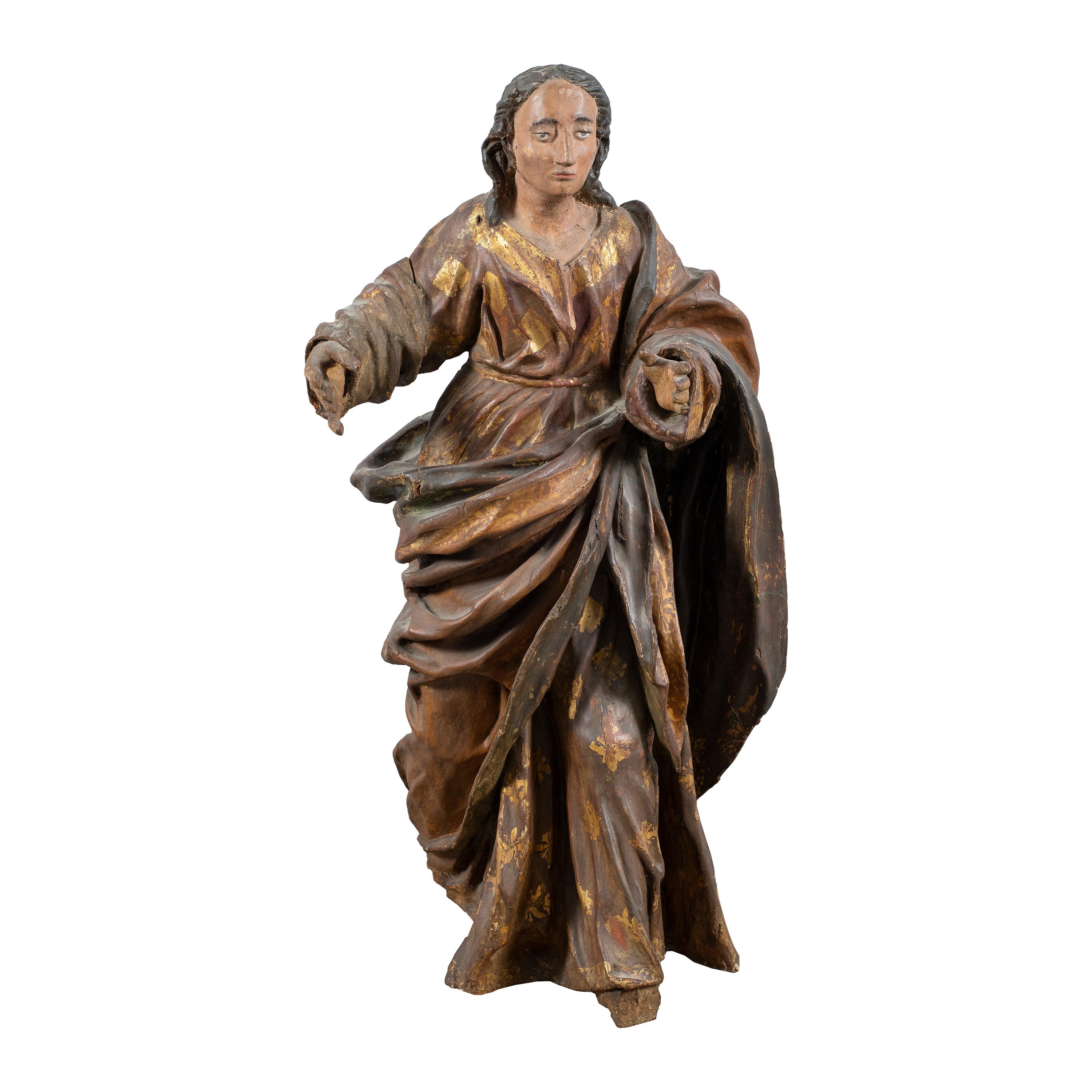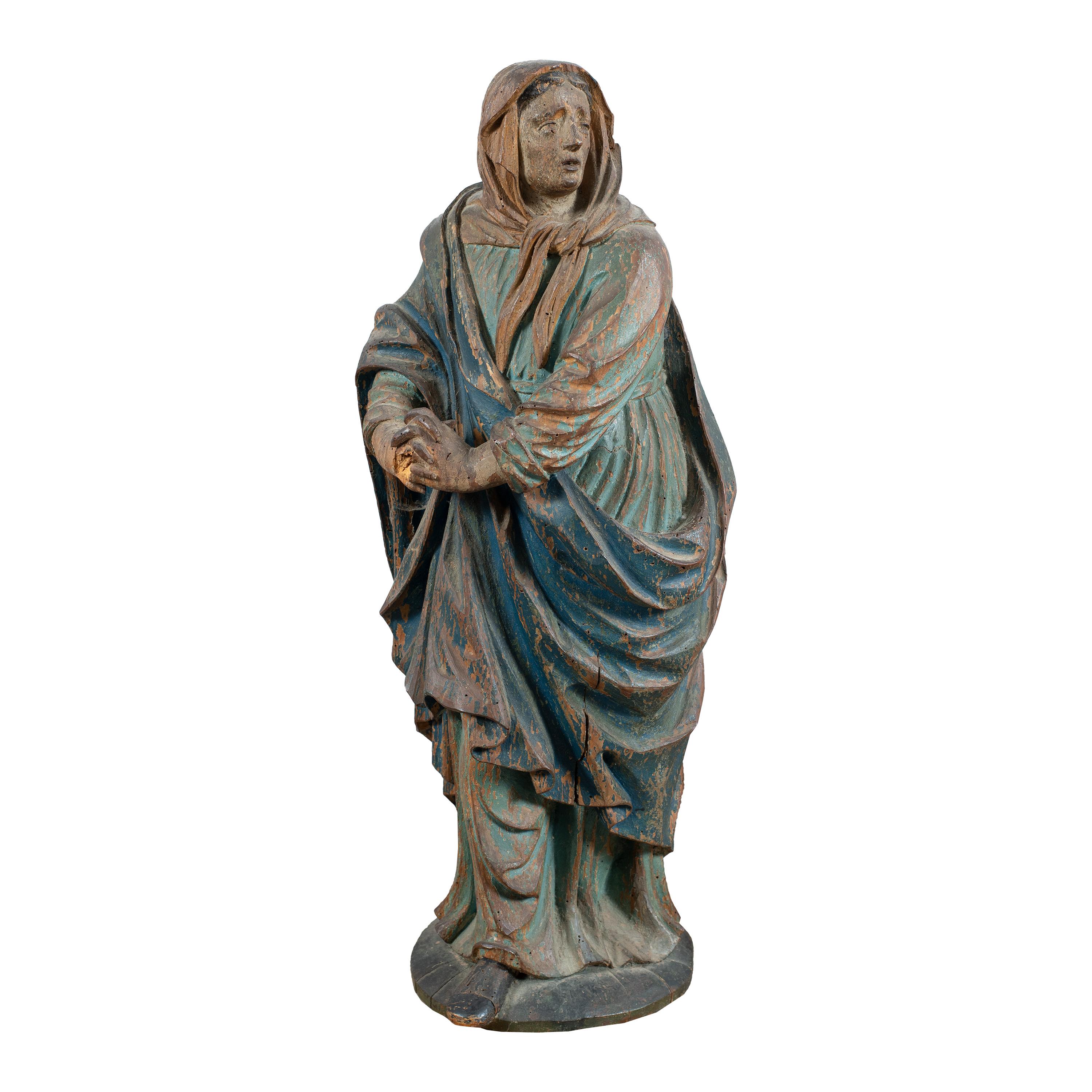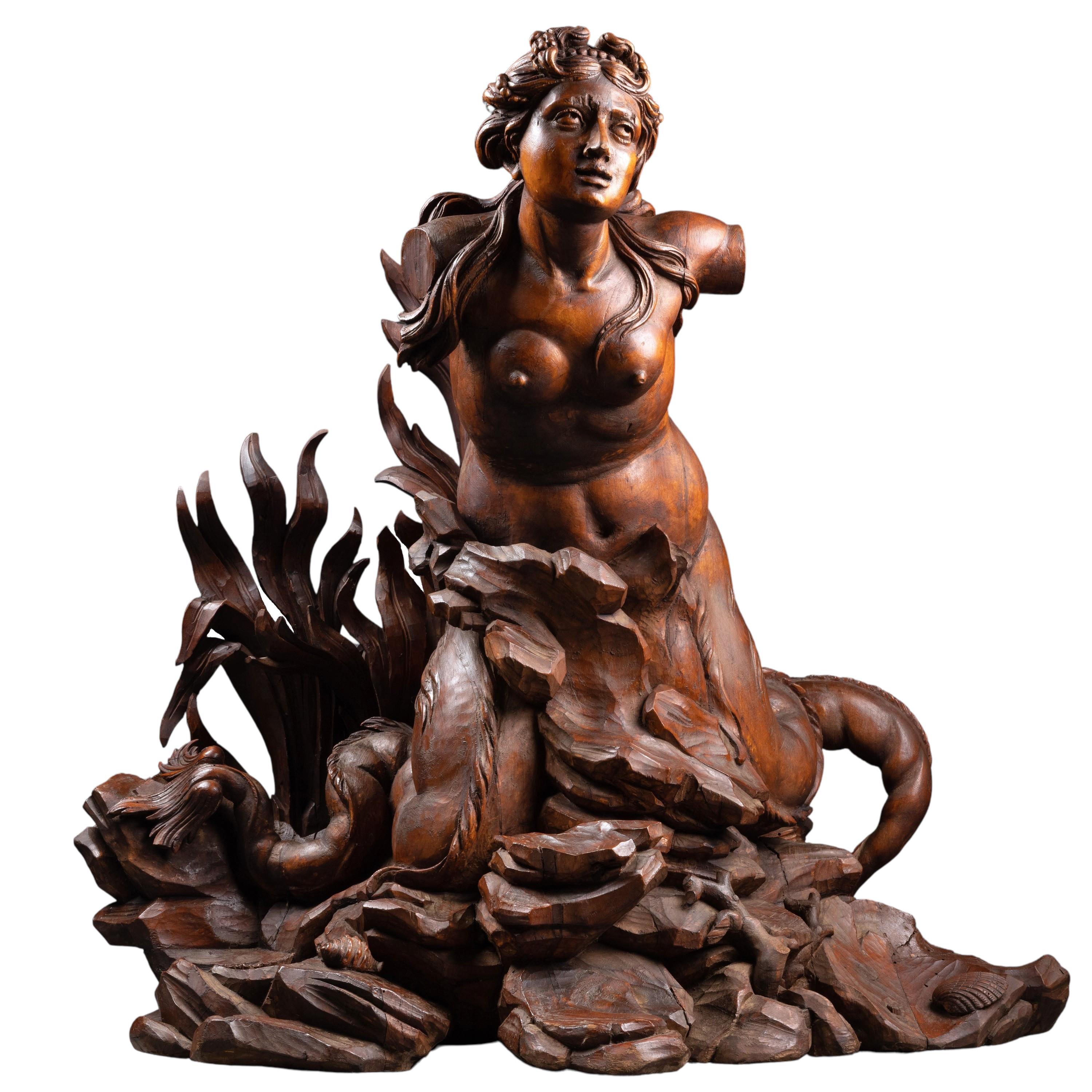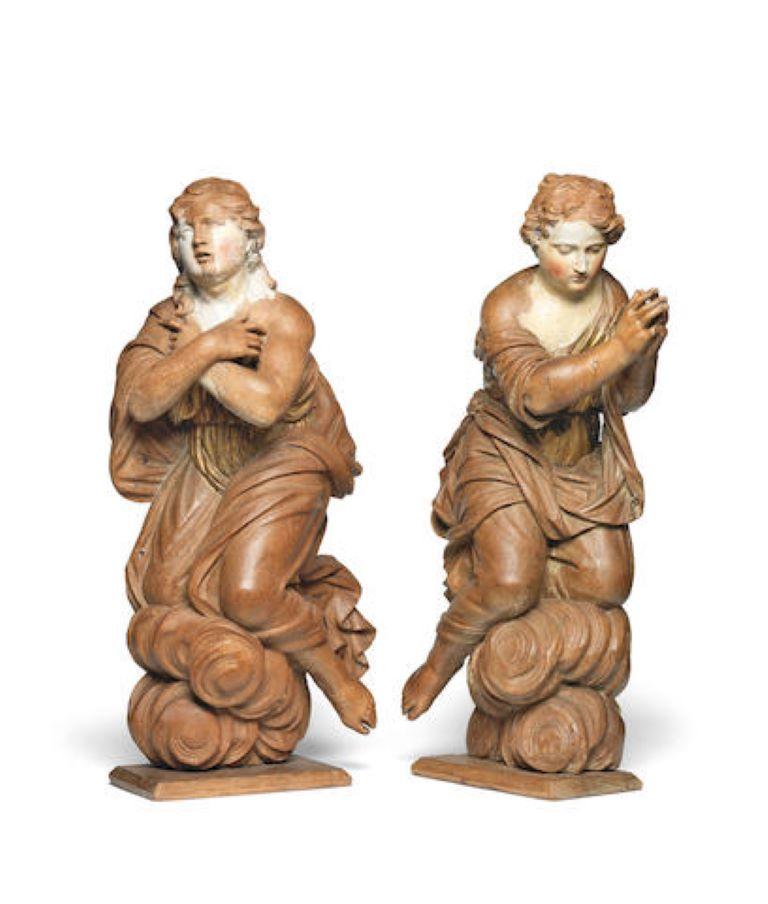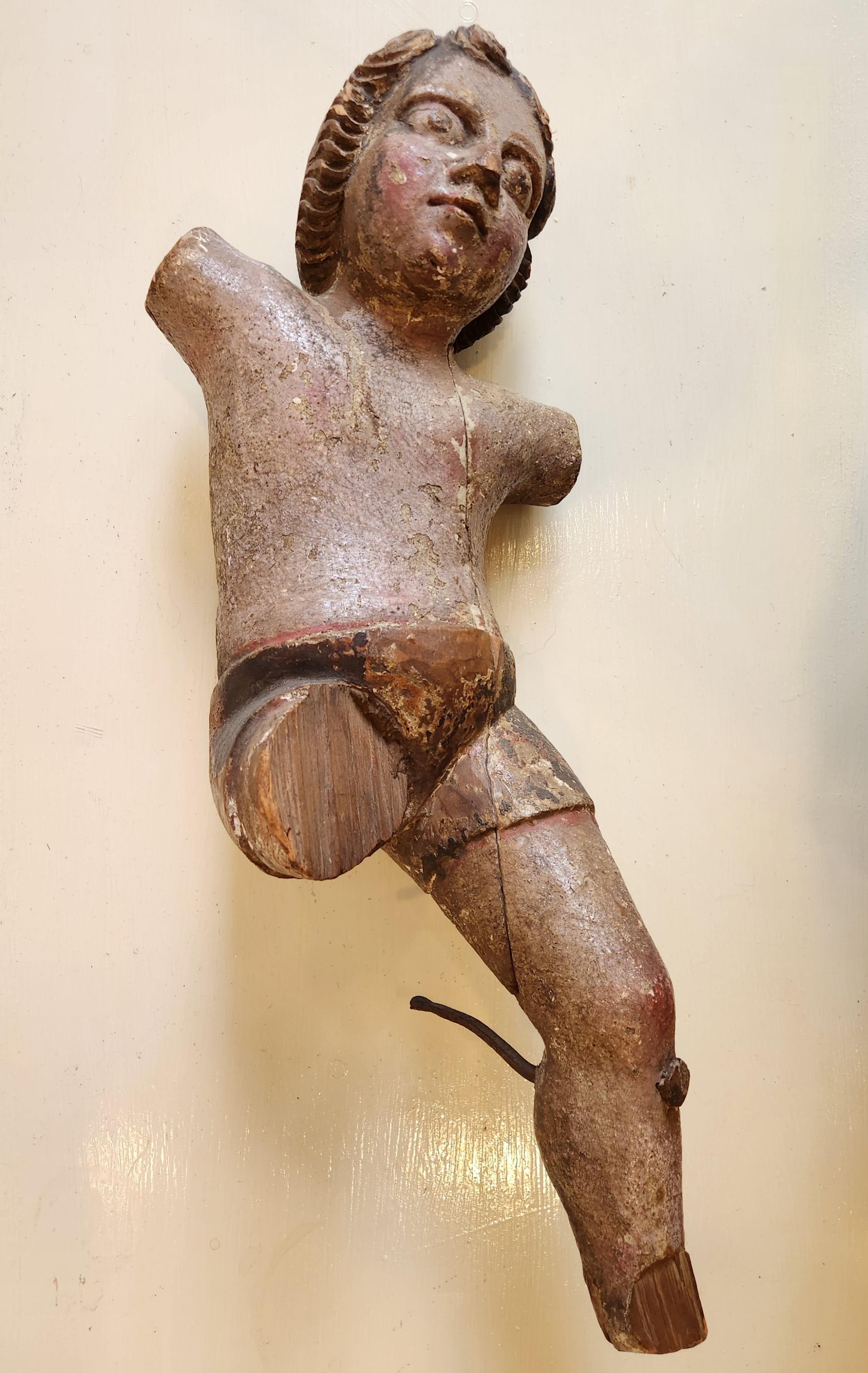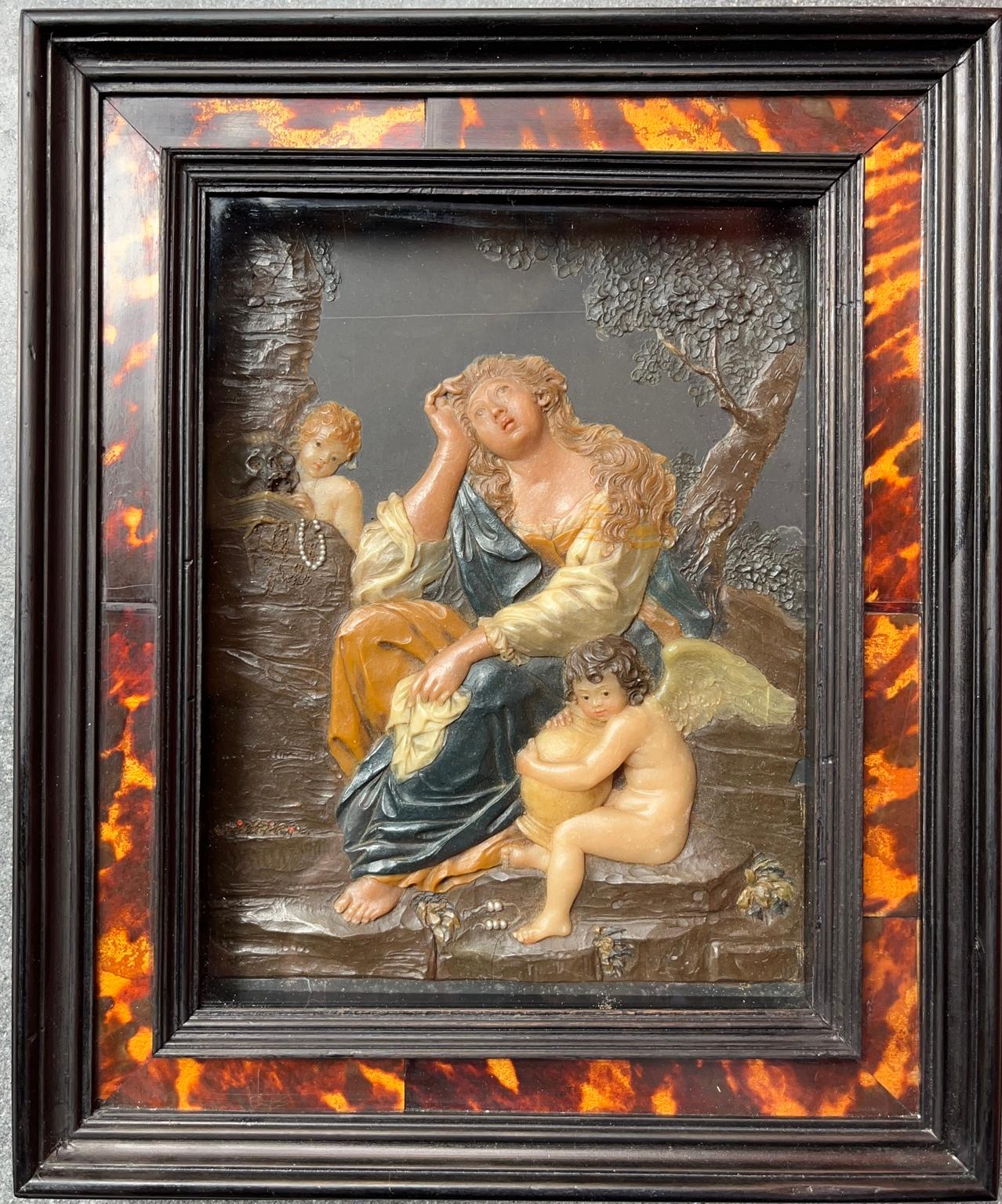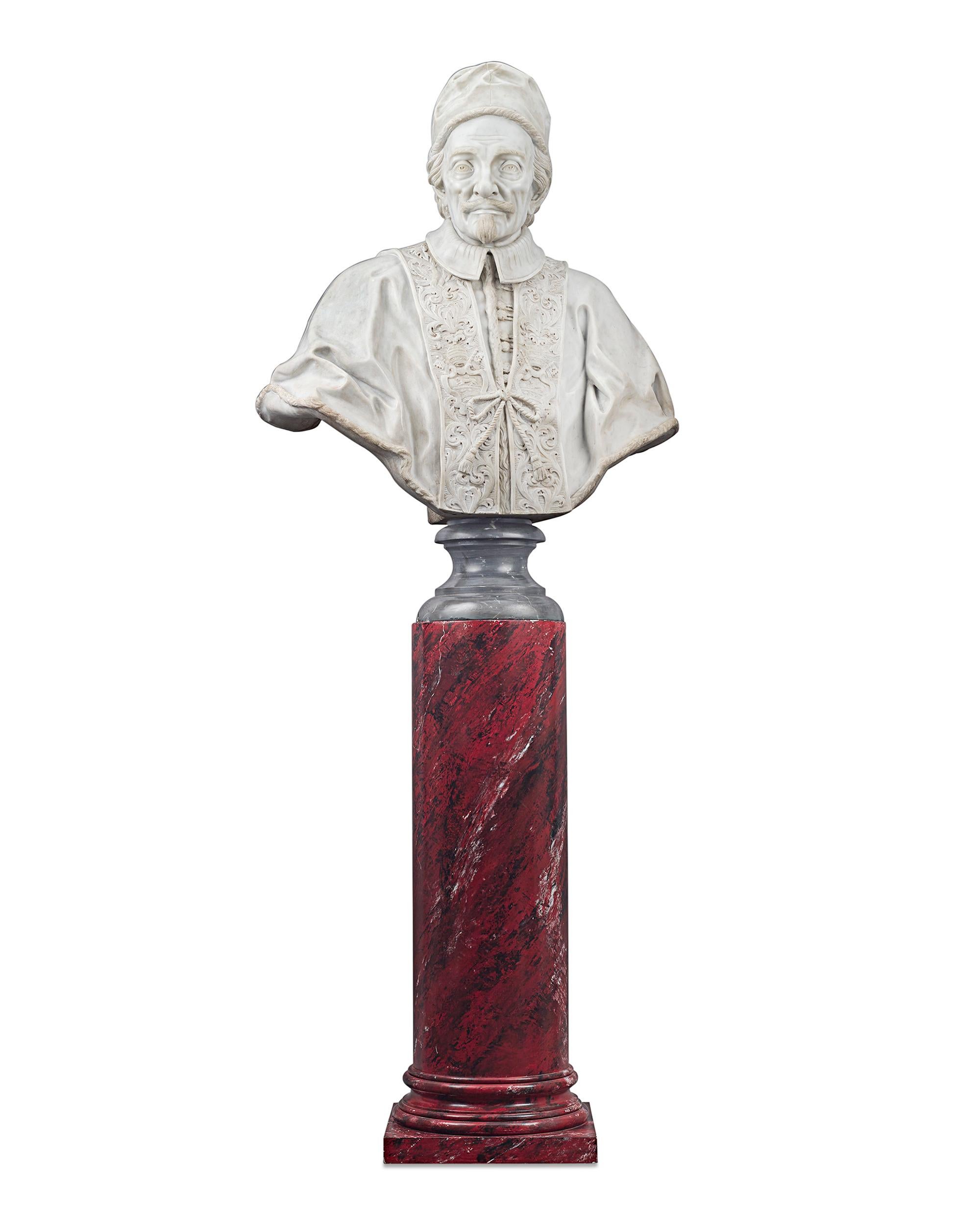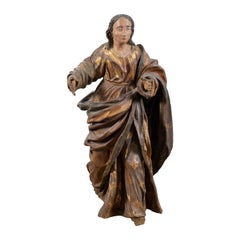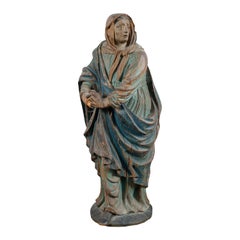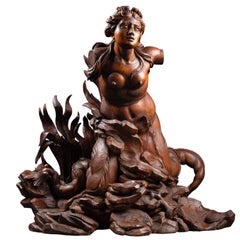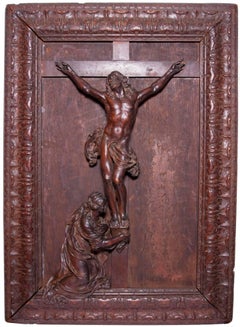
The Christ and Mary-Magdalene, attributed to César Bagard (1620-1709)
1 of 4
Cesar BagardThe Christ and Mary-Magdalene, attributed to César Bagard (1620-1709)
About the Item
Authenticity Guarantee
In the unlikely event there’s an issue with an item’s authenticity, contact us within 1 year for a full refund. DetailsMoney-Back Guarantee
If your item is not as described, is damaged in transit, or does not arrive, contact us within 7 days for a full refund. Details24-Hour Cancellation
You have a 24-hour grace period in which to reconsider your purchase, with no questions asked.Vetted Professional Sellers
Our world-class sellers must adhere to strict standards for service and quality, maintaining the integrity of our listings.Price-Match Guarantee
If you find that a seller listed the same item for a lower price elsewhere, we’ll match it.Trusted Global Delivery
Our best-in-class carrier network provides specialized shipping options worldwide, including custom delivery.You May Also Like
Baroque Italian master - 17/18th century figure sculpture - Saint
Located in Varmo, IT
Carved and painted wooden sculpture - Figure of a saint - Italy, 17th-18th century.
36 x 25 x h 74 cm.
Entirely in carved, lacquered and painted wood. Some missing parts and colour...
Category
Late 17th Century Baroque Figurative Sculptures
Materials
Wood, Paint
$3,187 Sale Price
20% Off
Baroque Italian master - 17/18th century figure sculpture - The Virgin
Located in Varmo, IT
Carved and painted wooden sculpture - Madonna praying - Italy, 17th-18th century.
35 x 20 x h 65 cm.
Entirely in carved, lacquered and painted wood. Some missing parts and color lo...
Category
Late 17th Century Baroque Figurative Sculptures
Materials
Wood, Paint
$2,732 Sale Price
20% Off
16th century Neapolitan nativity scene in gilded and marbled frame
Located in Milano, IT
Exceptional 16th-century Neapolitan nativity scene, framed by a gilded frame with elegant marbled details in shades of green. The exquisitely decorated frame lends depth and prestige...
Category
16th Century Baroque Figurative Sculptures
Materials
Precious Stone, Wood, Wax, Other Medium
A late 17th Italian carved limewood figure of Mermaid, circle of Filippo Parodi
Located in PARIS, FR
A late 17th c. Italian carved figure of Mermaid,
Circle of Filippo Parodi (Genoa, 1630 – July 22, 1702)
Dimensions: h. 29.13 in, w. 30.31 in, p. 18.9 in (at the base)
Magnificent Italian Baroque sculpture depicting a mermaid seated on the rock.
All the virtuosity of the sculptor unfolds in this carved group. The fantastic creature is featured seated, the upper part of the body darting forward, the head looking upwards. Sophisticated hairstyle with rows of pearls intertwined in her hair, her loose locks fly in the wind and bring movement to the whole sculpture.
The wide-open eyes with hollowed-out pupils make it possible to follow the mermaid's gaze, towards the sky. The half-open mouth further magnifies this bewitching and seductive attitude.
Its long double tail ending in fins wraps on either side of a rocky mound strewn with objects evoking the underwater world: seashells and shells, branches of coral.
The ornamental richness combined with the great care taken in its execution make it a work in which the splendor of Italian Baroque art unfolds in such characteristic scenic movement.
The composition betrays a strong influence from Filippo Parodi, the leader of Genoese Baroque sculpture, and points to an artist from his circle.
Our sculpture was probably part of a decorative monumental palace.
The iconographic theme evoking the marine world finds its application in the numerous fountains and artificial grottos, designed in Italian palaces at the turn of the 17th and 18th centuries.
Giacomo Filippo Parodi (Genoa 1630 – July 22, 1702) was an Italian Baroque sculptor of the Genoese school, who introduced Bernini's aesthetic to Genoa.
In his youth fathers a first apprenticeship with a carpenter, he went to Rome where he became a pupil of Bernini.
He had the opportunity to admire in person the works and style of the French sculptor Pierre Puget...
Category
Late 17th Century Baroque Figurative Sculptures
Materials
Wood
$20,038 Sale Price
20% Off
A pair of late 17th century Northern European carved oak angels
Located in Bath, Somerset
A pair of carved oak angels, circa 1700, with a lovely warm patina and faint traces of polychrome to the face and gilding to the body. The angels are both kn...
Category
17th Century Baroque Figurative Sculptures
Materials
Oak
$5,961 Sale Price
20% Off
Large Mirror Gold Wood Florentine Woodcarver 18th Century
Located in Riva del Garda, IT
Large mirror made by a Florentine woodcarver working in the early 18th century (it can be hung on the wall in either direction)
Tuscany (Florence)
Louis XIV style
Carved and g...
Category
18th Century Baroque Sculptures
Materials
Gold
